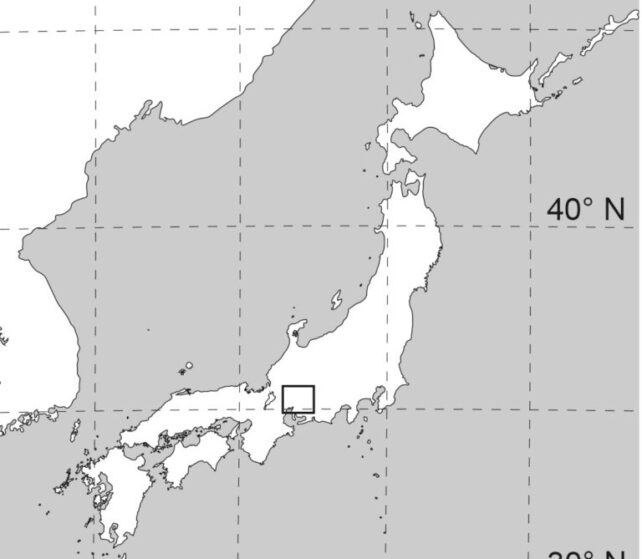ramonmercado
CyberPunk
- Joined
- Aug 19, 2003
- Messages
- 58,830
- Location
- Eblana
Fossilised trees mystery solved
The trees formed the first-known forests on the planet
Enlarge Image
A Cardiff fossil expert has identified a pair of 385-million-year-old trees, thought to be among the world's oldest.
American researchers found fossilised remains in New York state two years ago, but their identity was unknown.
They called in Dr Christopher Berry from Cardiff University, who confirmed the remains are from the Genus Wattieza, a fern-like plant which formed earth's first known forests.
Dr Berry described the discovery as a "spectacular" find.
The upright stumps of fossilised trees were first uncovered after a flash flood in Gilboa, New York, more than a century ago.
But until two further fossils were found two years ago, which had fallen sideways with their trunk, branches, twigs and crown still intact, no-one knew what the entire trees looked like.
The American team called in Dr Berry, who has 17 years of tree fossil expertise, to help.
The tree fossils were found in New York state
Dr Berry, of Cardiff university's School of Earth, Ocean and Planetary Sciences, said it was a "spectacular find" which had allowed scientists to recreate early forest ecosystems.
"This was also a significant moment in the history of the planet," he said.
"The rise of the forests removed a lot of carbon dioxide from the atmosphere. This caused temperatures to drop and the planet became very similar to its present-day condition.
"Branches from the trees would have fallen to the floor and decayed, providing a new food chain for the bugs living below."
Dr Berry worked with colleagues from Binghamton University, New York and from New York State Museum.
Their findings are published in the 19 April edition of the scientific journal Nature.
http://news.bbc.co.uk/2/hi/uk_news/wales/6568233.stm
Last edited by a moderator:




